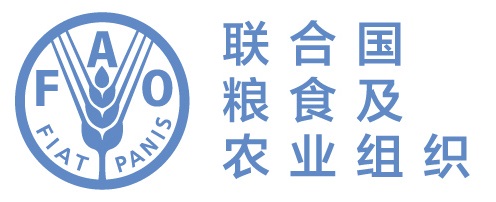Update on "First report of Erwinia amylovora in Rep. of Korea"
- Publication Date
- Thu, 24 Dec 2015, 00:29
- 最后更新与
- Sept. 7, 2016, 4:06 a.m.
- Report Number
- KOR-02/2
- 国家
- Republic of Korea
- Report Status
- Final
- Hosts
- Chaenomeles sinensis Koene, Eriobotrya japonica(Thunb.) Linl. Malus domestica Borkh, Malus pumila var. dulcissima Koidz, Pyrus Pyrifolia var. culta(Makino) Nakai, Pyrus serotina Rehder Amelanchier alnifora, A. canadensis, Chaenomeles spp. Cotomeaster spp., Crataegus spp., Pyracantha spp., Pyrus amygdaliformis, Sorbus spp., Stranvaesia davidiana
- Pest Status (old values from ISPM 8 -1998 )
-
- Transient: actionable, under eradication
- Pest Status (ISPM 8 - 2021)
-
- Present: transient
- Geographical Distribution
- limited area in three location in Rep. of Korea
- 摘要
Erwinia amylovora was detected in 1,092 trees(768 pear trees, 324 apple trees) in 46 orchards in the southern part of HAN river in Korea, 2015. Total 5 surveys had conducted in all the apples and pears production area in Korea by experts of QIA and RDA(Rural Development Administration), Korea. Korean government established "Infected Areas" within 100m radius from infected trees, "Control Areas" within 2km radius from infected trees and 'Regulated Areas" within 5km radius from infected trees. All the host plants had been destroyed in "Infected Area", and monitoring and spraying agricultural antibiotics and pesticide in "Control and Regulated Areas". Total 46 orchards(34 orchards in Anseong city, 11 orchards in Cheonan city and 1 orchard in Jecheon city) had been destroyed. QIA is conducting epidemiologic survey to identify the cause, source of infection and a pathway for introduction and spread of Fire Blight
- Danger
- The pathogen could be introduced by plant for planting and cause decrease of the yield of pear. It is known that introduction by commercial fruits is unlikely.
- Contact for info
- Animal and Plant Quarantine Agency in Rep. of Korea. (e-mail : [email protected])
- Report files
- 网站
- Issue keywords
- Commodity keywords

